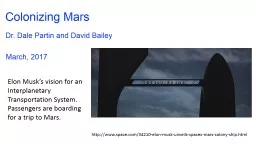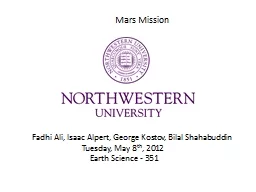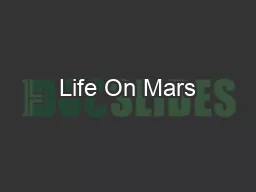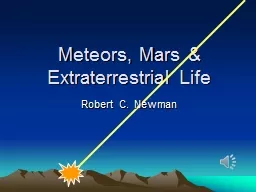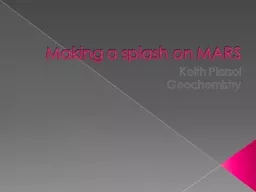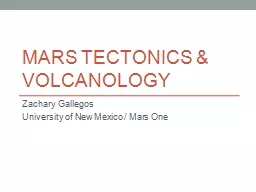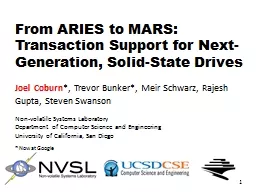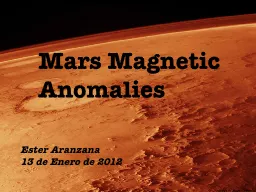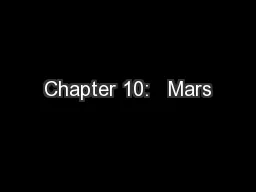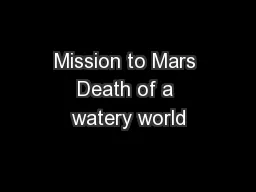PPT-Colonizing Mars
Author : aaron | Published Date : 2017-09-11
Dr Dale Partin and David Bailey March 2017 Elon Musks vision for an Interplanetary Transportation System Passengers are boarding for a trip to Mars httpwwwspacecom34210elonmuskunveilsspacexmarscolonyshiphtml
Presentation Embed Code
Download Presentation
Download Presentation The PPT/PDF document "Colonizing Mars" is the property of its rightful owner. Permission is granted to download and print the materials on this website for personal, non-commercial use only, and to display it on your personal computer provided you do not modify the materials and that you retain all copyright notices contained in the materials. By downloading content from our website, you accept the terms of this agreement.
Colonizing Mars: Transcript
Download Rules Of Document
"Colonizing Mars"The content belongs to its owner. You may download and print it for personal use, without modification, and keep all copyright notices. By downloading, you agree to these terms.
Related Documents

